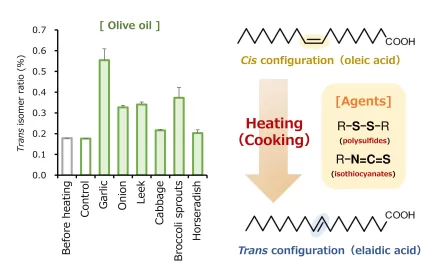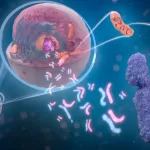New Delhi, INDIA – A team of researchers from Fortis C-DOC Hospital for Diabetes and Allied Sciences, in collaboration with AIIMS, revealed on Monday that a prevalent skin condition observed in individuals with Type 2 diabetes could signal a heightened risk of liver cell damage, known as fibrosis.
The skin condition, recognized by its characteristics of thickening, dark pigmentation, and a velvety appearance, is termed Acanthosis Nigricans. While commonly found at the nape of the neck, it can also manifest in regions such as the axillae, elbows, knees, and groin, according to statements released by the researchers.
Published in the journal Primary Care Diabetes, the study underscores the potential of Acanthosis Nigricans as a clinical marker for hepatic fat accumulation and fibrosis among Asian Indians with Type 2 diabetes, offering avenues for early detection and intervention strategies.
Dr. Anoop Misra, Padma Shri awardee and co-author of the study, commented, “Our findings from this case-control study highlight a significant independent association between the presence of Acanthosis Nigricans and adverse markers of liver damage, namely hepatic steatosis and fibrosis.”
The study, which involved 300 individuals diagnosed with Type 2 diabetes, analyzed the correlation between Acanthosis Nigricans and liver health. Researchers compared participants with and without the skin condition, revealing notable insights.
Women, overweight or obese individuals, and those with a familial history of Type 2 diabetes were found to be more prone to Acanthosis Nigricans. Moreover, the severity of the condition, particularly at the neck, exhibited a strong correlation with fasting insulin and glucose levels, as well as insulin resistance, surpassing correlations observed at other body sites such as the axilla and knuckles.
The significance of these findings is heightened by the substantial number of individuals in India grappling with insulin resistance and the early onset of Type 2 diabetes.
Dr. Misra emphasized the importance of vigilance regarding Acanthosis Nigricans, stating, “Early identification of this skin manifestation can provide critical insights into underlying metabolic dysfunctions and prompt timely intervention to mitigate the risk of liver damage.”
The research sheds light on a previously overlooked aspect of diabetes management, offering a potential breakthrough in the early detection and prevention of liver complications associated with Type 2 diabetes.












